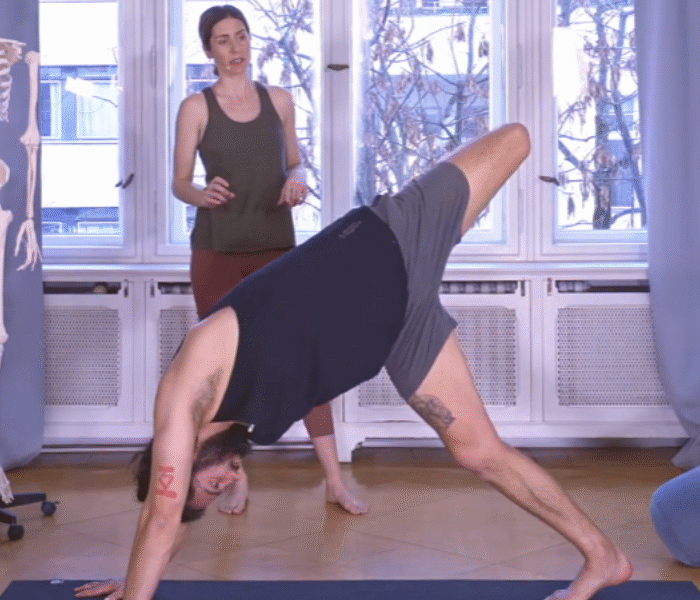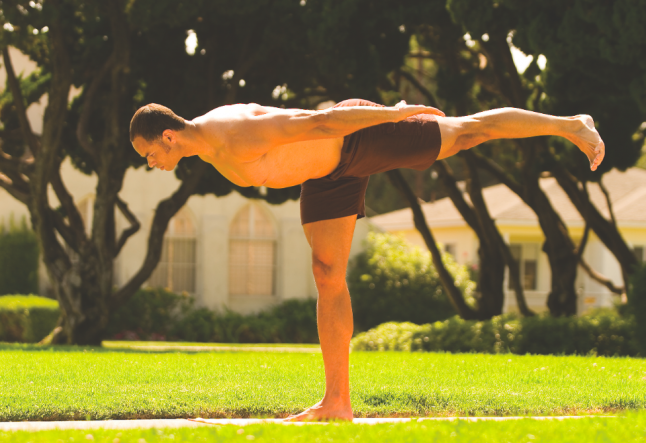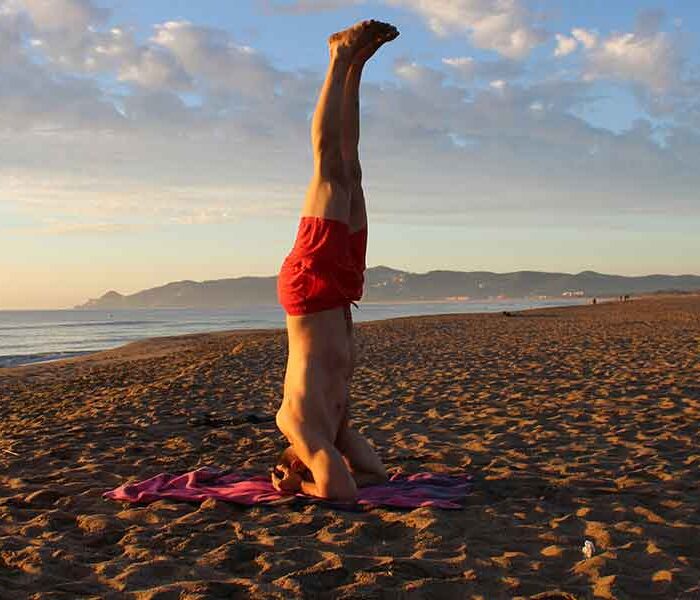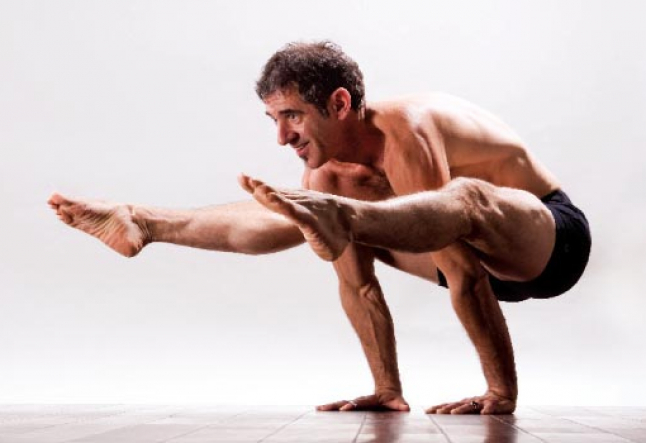Bakasana and Parsva Bakasana (Crow and Side Crow)
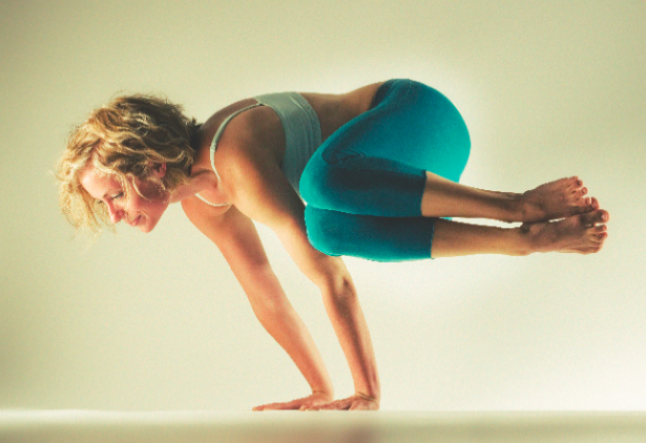
Flying low before you soar
The first time I tried crow pose, I face-planted. Hard. But right there on the mat, stunned and smiling, I fell in love with the journey. Bakasana and its twisted sibling, parsva bakasana (side crow), are playful, humbling arm balances that challenge your strength, focus, and patience—all while delivering a powerful sense of joy.
In this guide, you’ll learn how to do crow and side crow step by step, explore beginner-friendly modifications, and find a complete warm-up sequence to help you take flight.
Related>>> Baki Pose
What is bakasana (crow pose)
Bakasana is an arm balance where you squat low, press your knees into your arms, and shift your weight forward until your feet lift off the floor. It builds upper body strength, fires up your core, and improves your focus and balance.
Step-by-step: how to do Bakasana
- Start in a squat with feet and knees together. Keep your heels lifted if needed.
- Gaze forward and widen your knees apart.
- Extend your arms forward, slightly bending the elbows.
- Lower your torso toward the ground and place your hands flat, shoulder-width apart.
- Hug your inner knees onto your upper arms—ideally near your armpits.
- Shift your weight forward, lifting your hips and leaning onto the balls of your feet.
- Rock gently until both feet lift off the mat. Keep your gaze slightly forward.
- Once airborne, bring the big toes together and draw the heels toward your seat.
- Keep rooting through the hands and pressing your shoulders up to straighten the arms.
Pro tip: Look forward, not down, to help with balance.
How to do parsva bakasana (side crow)
Side crow takes everything from crow and adds a deep twist, requiring more core strength and oblique activation. You’ll balance both legs on one arm while twisting your torso.
Steps to get into Side Crow
- Begin in a squat, feet and knees together.
- Inhale, lift your left arm. Exhale, twist to the right, placing both hands to the outside of your right foot.
- Keep hands shoulder-width apart with wrists parallel to the mat.
- Engage your core and bend your elbows like chaturanga.
- Rest your outer right thigh on your left upper arm. Optionally rest your hip on the right elbow.
- Lean forward slowly and lift your feet off the ground, stacking your knees.
- Hug your thighs together and keep your elbows drawn in.
- Breathe deeply for 3–5 breaths, then gently come down and switch sides.
Beginner tips and modifications
- Props for lift: Place your hands on blocks to reduce wrist strain and elevate your balance point.
- Forehead support: Use a bolster or block to lightly rest your forehead as you explore lifting the feet.
- Staggered lift: Try lifting one foot at a time if both feels too difficult.
- Safety first: If you feel any pressure in the wrists or lower back, ease out and build strength gradually.
Preparatory poses to build toward crow and Side Crow
Before you practice these arm balances, warm up the body with poses that activate the core, stretch the hips, and mobilize the spine.
Warm-up sequence
- Cat-cow
- Low lunge twist
- Plank to chaturanga
- Chair pose with twist
- Malasana (yogi squat)
- Marichyasana iii (seated spinal twist)
Counter poses after Crow work
- Downward-facing dog
- Uttanasana (standing forward fold)
- Child’s pose
- Bridge pose if you want to backbend afterward
Variations to deepen your practice
- Straight-leg side crow: After lifting into the pose, extend both legs sideways. This challenges your balance and core.
- Side crow on blocks: Practice on blocks to reduce wrist pressure and encourage proper alignment.
- Prep with knees on both arms: If you’re struggling with the twist, try balancing both knees across both arms before transitioning to the full pose.
How side crow builds your body and mind
- Strengthens arms, wrists, and core
- Enhances spinal mobility and twisting ability
- Improves proprioception and body awareness
- Fosters concentration and self-trust
Personal note: why I keep coming back to arm balances
When I first saw my teacher floating in parsva bakasana, she smiled mid-air like gravity had no claim over her. I laughed, then fell, then tried again. And again. That persistence became my passion. Today, I love making these powerful shapes accessible to all levels, helping students feel strong and empowered in their bodies.
As my mentor Maty Ezraty once told me: “Teach what you love.” And I love this.
Common questions about Side Crow
Is side crow harder than crow?
Yes—it involves a twist and balancing on one arm, requiring more oblique strength and coordination.
Can beginners try side crow?
Yes, with modifications. Use props and focus on the setup rather than the lift at first.
What muscles does side crow work?
Primarily your obliques, transverse abdominis, triceps, and shoulder stabilizers.
Why am I tipping forward?
Check if your elbows are too far apart or if your gaze is dropping. Look ahead and keep elbows drawn in.
Mantra for flight
Breathe in. Laugh out. Love life. Do hatha yoga.
